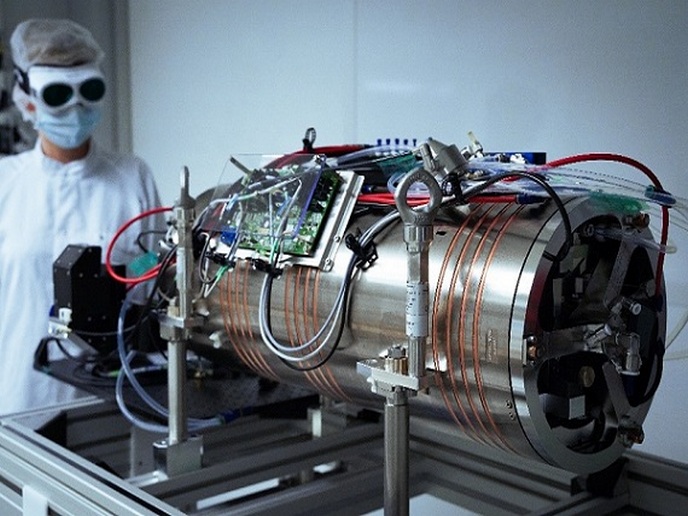Filling in the (nanotube) gaps
Titanium dioxide (titania) is an important metal oxide semiconductor that is also sensitive to ultraviolet light. In nanotube form, they have very large surface areas compared to their diameters, leading to interesting interactions with other materials at their interfaces. EU-funded scientists developed novel architectures based on the interfaces between titania nanotubes and intrinsically conductive polymers. Within the context of the project NANOICP, researchers exploited electrodeposition for polymer deposition inside the tubes and/or in the free space among the tube walls. They were able to control polymerisation and the final geometry of the titania network through modifications to the current/voltage protocols. Polymers varying in size from 10 to 150 nanometres were produced. NANOICP demonstrated the control of charge transfer across the vertically aligned titania (ultraviolet-sensitive) nanotube composite by controlling the polymeric phase. This opens the door for development of light-harvesting systems. Anodic aluminium oxide is often used as a template for growing one-dimensional nanowires and nanotubes. They created nanowires through electrodeposition inside the titania nanotubes and nanopore arrays were obtained through electrodeposition outside the tubes. Further, the nanopore structure exhibited improved mechanical properties compared to anodic aluminium oxide nanowires. A lack of agglomeration of the polymer structure and subsequent collapse was seen in the nanopore structure. The vertically aligned semiconductor and ultraviolet-sensitive nanostructures developed by NANOICP should open the door to novel applications in a variety of fields. Among expected beneficiaries are the electronics, photonics and solar energy fields.
Keywords
Nanotubes, polymers, titanium dioxide, titania, semiconductor, ultraviolet, nanowires, electrodeposition, nanopore







